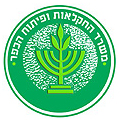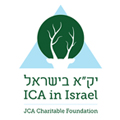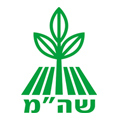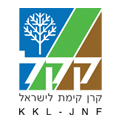Emerging needs for diversify human diet and to explore novel therapeutic procedures have led to increasing attempts to retrieve traditional nourishments and recruit beneficial wild plant species. Species of the genus Erodium (Geraniaceae) harbor medicinal indications and substances known from folklore and scientific research. Hairy stork’s bill (Erodium crassifolium L'Hér. ex Aiton; E. hirtum Willd), is a small hemicryptophyte that inhabits arid southeast Mediterranean regions. E. crassifolium is among the very few Geraniaceae species known to produce tubers. Traditional knowledge holds that the tubers are edible and used by Bedouin tribes. However, no scientific information was found regarding nutrition or medicinal properties of these tubers. The objectives of our project are to unravel potential nutritive and medicinal benefits of the tubers, conduct initial steps towards domestication, and develop agricultural practices enhancing E. crassifolium tuber yield and quality. Results show that the tubers display high water content (90%), low caloric value (23 Kcal 100 -1g), and considerable contents of minerals and vitamins. In addition, the tubers contain significant amounts of catechins and epigallocatechin, polyphenolic compounds known for their anti-oxidative, anti-inflammatory, and anti-proliferative activities. Furthermore, in-vitro experiments demonstrated significant anti-inflammatory effects on human cell cultures. E. crassifolium is highly responsive to environmental changes; fertigation (700mm) increased tuber yield by 10-fold, compared to simulated wild conditions (50-200mm). These results indicate a significant potential of E. crassifolium becoming a valuable crop species. Therefore, there is a need for continued efforts in domestication, including ecotype selection, breeding, development of suitable agricultural practices, and further exploration of its medicinal benefits.
Keywords: catechin; Erodium crassifolium; underutilized species; anti-inflammatory activity; antioxidants
Link to article open source: https://www.mdpi.com/2223-7747/9/9/1069








